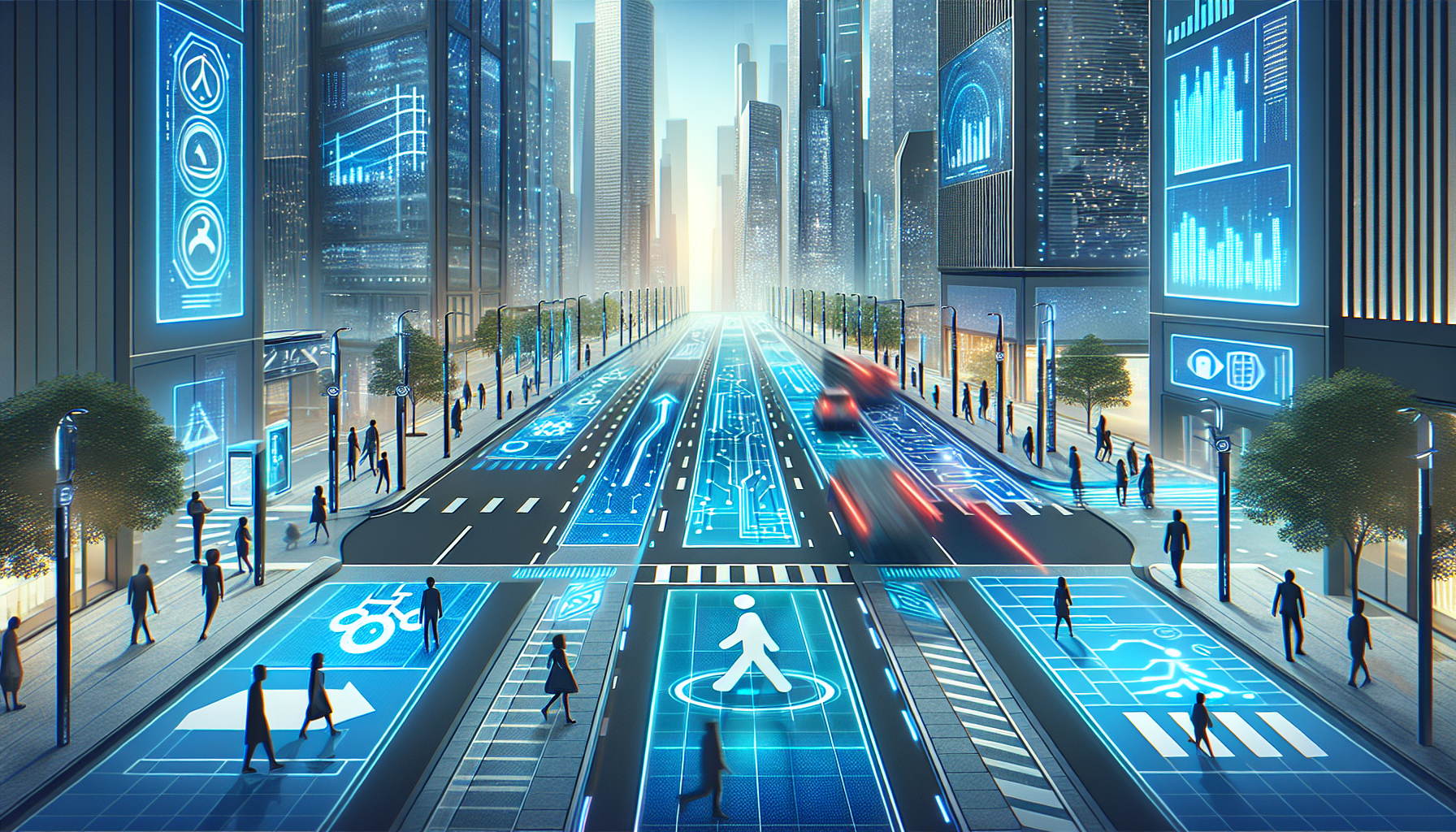Warehouse operations can be a bustling and dynamic environment, with employees and forklifts moving about to accomplish their tasks. While this movement is essential for productivity, it also poses potential risks for accidents and injuries, particularly when it comes to walkway safety. This is why warehouse optimization solutions, such as those offered by HCO Innovations, play a crucial role in enhancing safety, productivity, efficiency, and cost-effectiveness within warehouse operations.
Improving Walkway Safety with Technology
One of the key ways technology is improving walkway safety in warehouses is through the implementation of advanced pedestrian detection systems. These systems are designed to detect both pedestrians and forklifts, helping to prevent collisions and accidents. By utilizing a combination of sensors, cameras, and specialized software, these systems can accurately identify the presence and movement of both pedestrians and forklifts in real-time.
One such technology that has gained significant traction in recent years is the forklift pedestrian detection system. This system utilizes sensors and cameras strategically placed on forklifts to monitor the surrounding area. When a pedestrian is detected in the forklift’s vicinity, an alert is triggered, both in the forklift cabin and to the pedestrian themselves, usually through a combination of visual and audible signals. This enables both the operator and the pedestrian to take immediate action and avoid potential accidents.
The forklift pedestrian detection system serves as a crucial tool in preventing accidents in busy warehouse environments. It provides an extra layer of safety, especially in areas where pedestrian and forklift traffic intersect, such as walkways, crosswalks, and loading docks. By alerting both the forklift operator and the pedestrian, it gives them the opportunity to react and make adjustments to their movements, reducing the risk of collisions and injuries.
The Benefits of Walkway Safety Technology
Implementing advanced walkway safety technology, such as pedestrian detection systems, offers several benefits to warehouses and their operations. Firstly, it helps to create a safer working environment for employees, reducing the risk of accidents and injuries. This not only improves the well-being of the workers but also reduces potential liabilities for the warehouse.
Secondly, walkway safety technology enhances productivity by minimizing disruptions caused by accidents and near misses. By preventing collisions, the flow of operations remains uninterrupted, allowing for smoother and more efficient processes. This, in turn, leads to increased productivity and reduced downtime.
Furthermore, technology-driven walkway safety solutions contribute to improved efficiency within warehouse operations. With the assistance of systems such as pedestrian detection systems, forklift operators can navigate through the warehouse with greater confidence and accuracy. By having an extra layer of awareness, they can make informed decisions while maneuvering around pedestrians and obstacles, ultimately leading to faster and more efficient workflows.
Lastly, investing in walkway safety technology can result in long-term cost savings for warehouses. By preventing accidents and injuries, companies can avoid the financial burdens associated with medical expenses, worker compensation claims, and potential lawsuits. Additionally, reduced downtime and increased productivity contribute to overall cost-effectiveness and profitability.
The Future of Walkway Safety
As technology continues to advance, the future of walkway safety in warehouses looks promising. Innovations such as AI-powered surveillance systems, machine learning algorithms, and smart wearable devices are emerging to further enhance safety and efficiency within warehouse operations.
AI-powered surveillance systems can provide real-time monitoring of warehouse environments, automatically detecting potential safety hazards and alerting relevant personnel. Machine learning algorithms can analyze patterns and behaviors, identifying high-risk areas and suggesting preventive measures. Smart wearable devices, such as personal alert systems and location trackers, can provide real-time feedback and alerts to both forklift operators and pedestrians, promoting proactive safety practices.
In conclusion, technology plays a vital role in improving walkway safety in warehouse operations. The implementation of advanced pedestrian detection systems, such as the forklift pedestrian detection system offered by HCO Innovations, helps to prevent accidents and injuries. By utilizing sensors, cameras, and specialized software, these systems provide real-time alerts, allowing forklift operators and pedestrians to navigate through busy environments safely. Walkway safety technology not only enhances employee well-being but also contributes to increased productivity, efficiency, and cost-effectiveness within warehouse operations. As technology continues to evolve, the future holds even more exciting advancements in the realm of walkway safety.

